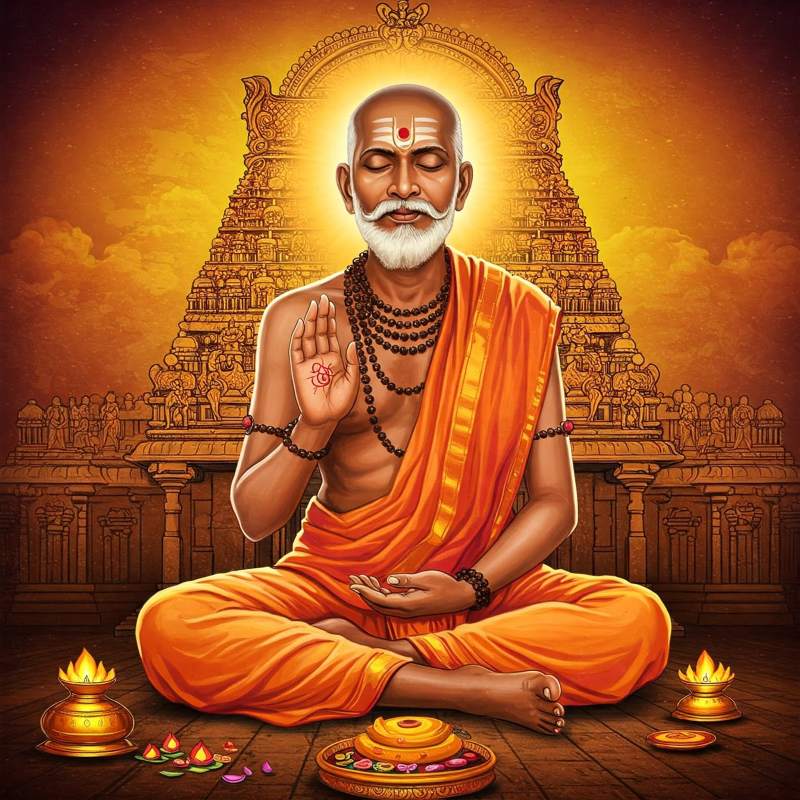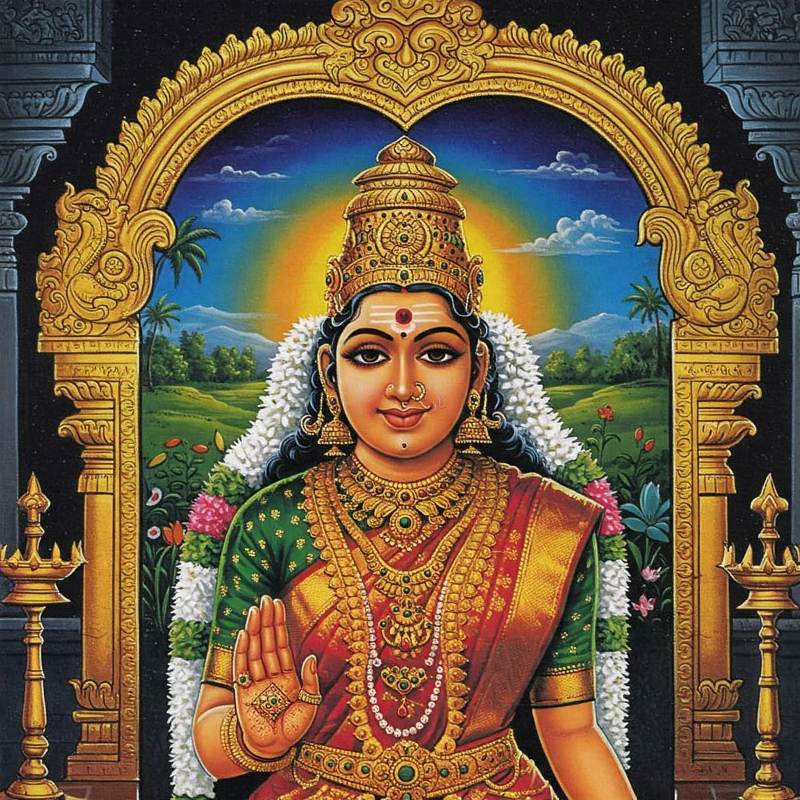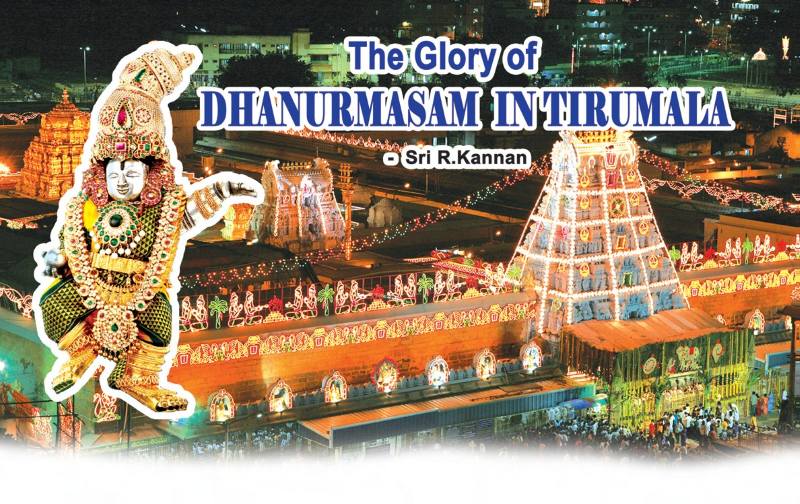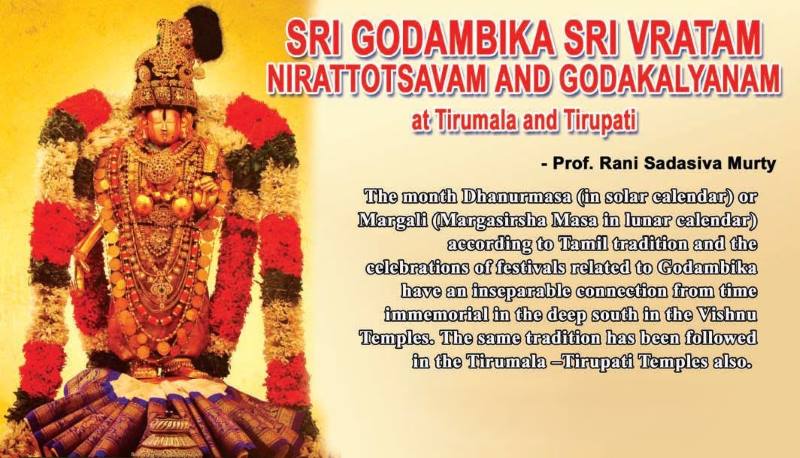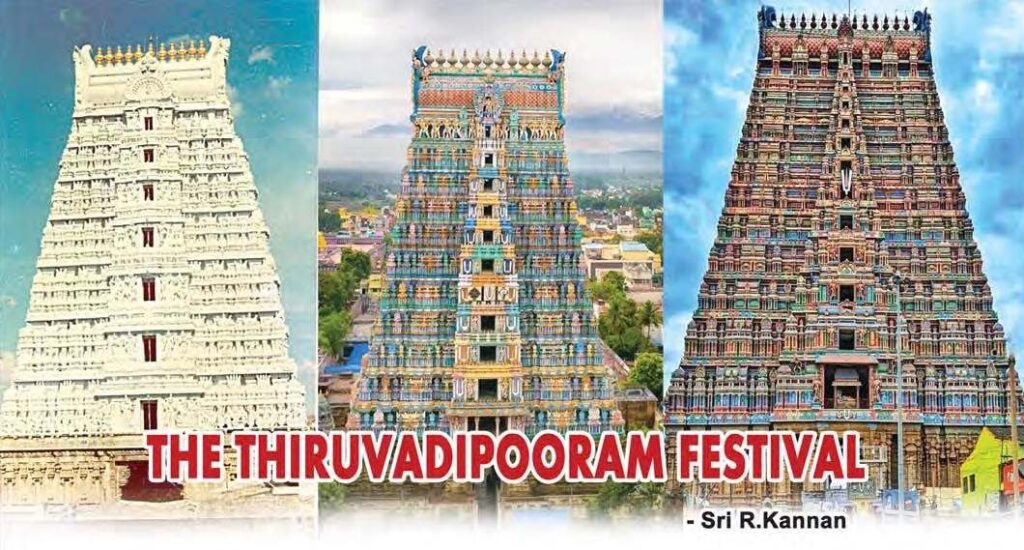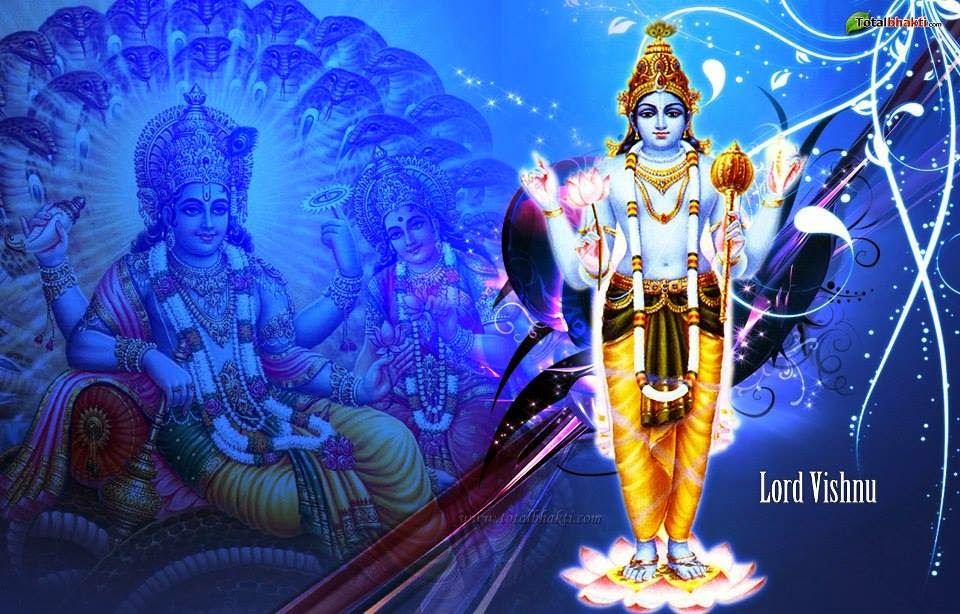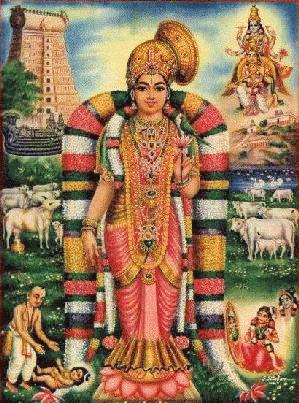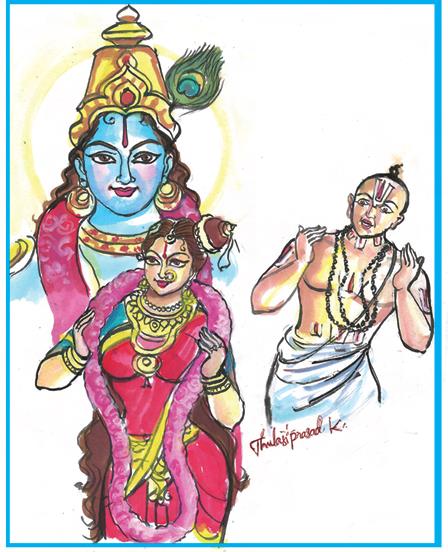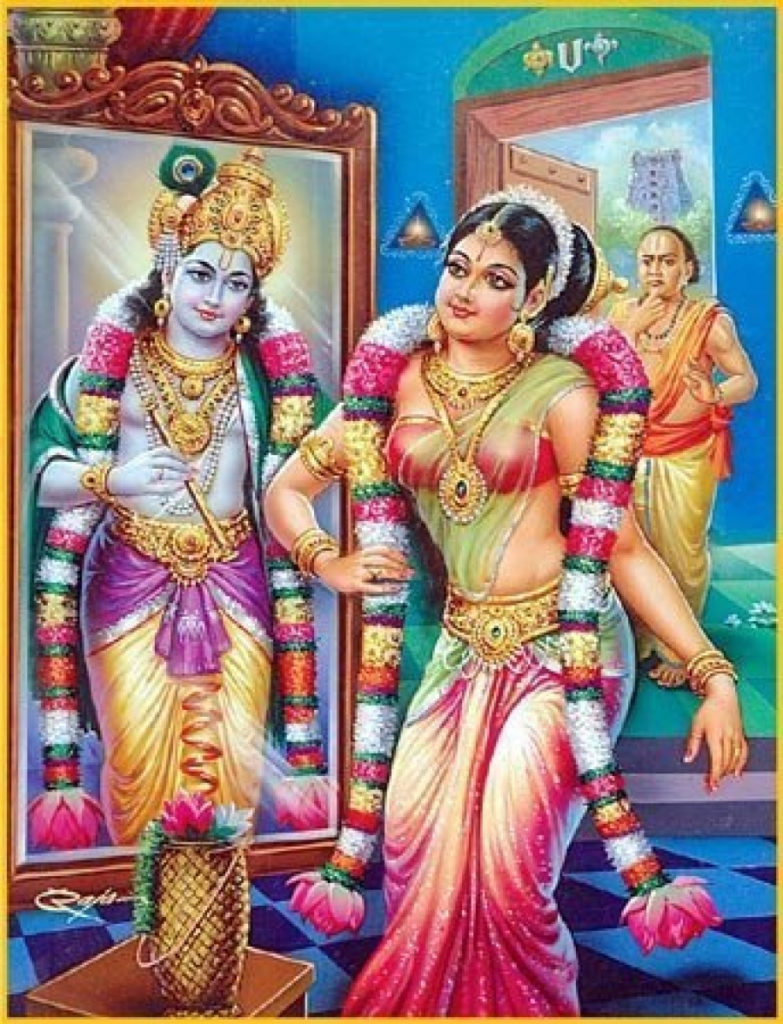Periya Alwar In all, we have 12 Alwars. Of them, two hail from Sri Villi Puttur. They are Vishnu Chitta and Andal, father and daughter. Vishnu Chitta is also called Periya Alwar. Among the Alwars, Vishnu Chitta has received high reverence. That is why he is also called as Periya Alwar. In Tamil, Periya means Read More
Tag: Tiruppavai
Though the Suprabhatha Seva is offered to the Lord throughout the year early in the morning, there will be recital of Tiruppavai in stead of Suprabhatam in Dhanurmasam for a month.
Goda Devi’s Nachiyar Tirumoli
Goda Devi’s Nachiyar Tirumoli – Its Beauty and Significance Sri Goda Devi or Sri Andal is the incarnation of Mother Earth. She was found near the Tulasi plant at Srivilliputtur by Sri Vishnuchittar (Periyalvar). As described by Swamy Vedanta Desika in Goda Stuti, she is ‘Sri Vishnu Chitta Kula Nandana Kalpavalleem. She grew up hearing the ‘leelas’ Read More
Glory of Dhanurmasam in Tirumala
Dhanurmasam in Tirumala In Tirumala, every year in the month of Dhanurmasam, it is Sri Krishna and not Bhoga Srinivasa Murthy who listens to the lullaby sung by the descendant of Annamaiah. During this one month Suprabhatam will not be rendered. Instead of Suprabhatam, Andal’s Tiruppavai is rendered. Sri Krishna will be given a bath Read More
Sri Godambika Sri Vratam Nirattotsavam
Sri Godambika Godambika or Goda Devi or Andal as popular in Tamil Vaishnava Tradition are the names of the same great person. Godambika was the only female of Vaishnava Dharma among the 12 alwars or azhwars. She was praised as the human incarnation of Goddess Bhudevi as a baby found in the Tulasi Garden at Read More
The Tiruvadipooram Festival
Everything about the Tiruvadipooram Festival Sri Maha Vishnu liberated Sri Bhu Devi who was kept under the ocean by the Hiranyaksha. Sri Bhu Devi was quite relieved and prayed to God to pronounce the method by which people, who were suffering in the miserable world, could be liberated from the Ocean of Samsara (just like Read More
Margasira Ekadasi : Observing the Sacred Fast for Blessings
Mrigasira or Mrigasirsha or Margazhi or Margasira Ekadasi Mrigasira or Mrigasirsha or Margazhi (Tamil) is a significant month among all other months. Margasira is also called as Dhanurmasa. The sun transits through the Dhanur Rashi and the period ends with the Makara Sankranti. Hence it is called as Dhanurmasam / Marghasirsha / Margazhi. It is Read More
Tiruppavai
What is Tiruppavai Tiruppavai is writing describing the religious ritual (Vratam) undertaken by the spinsters (milkmaids) to get a good husband. This was rendered in 30 stanzas. What is Pasura(Stanza) In Tamil, a poem that is written in a classical style and lyrical tradition with utmost devotion is called a ‘Pasura’ (Pausra = Stanza). In Read More
Story of Goda Devi (Andal)
Goda Devi – The Embodiment of Devotion Goda Devi (Andal), the Embodiment of love and devotion, prays to Lord Krishna: ‘O! Sri Krishna! You are my mother, father, friend, and relative. You are everything to me. All my bonds are only with you. Not just in this life, but in all lives, I wish to Read More
Dhanurmasam At Tirumala
Dhanurmasam ‘Dhanurmasa’ is considered as highly auspicious for the devotees of Lord Vishnu. The beginning of Dhanurmasa is marked by the transit of the Sun into ‘Dhanur ’ rasi. This is also called ‘Dhanus Sankramana’. According to Sanatana Dharma, Devas wake up early in the morning during this month. They perform special prayers to Sri Read More
